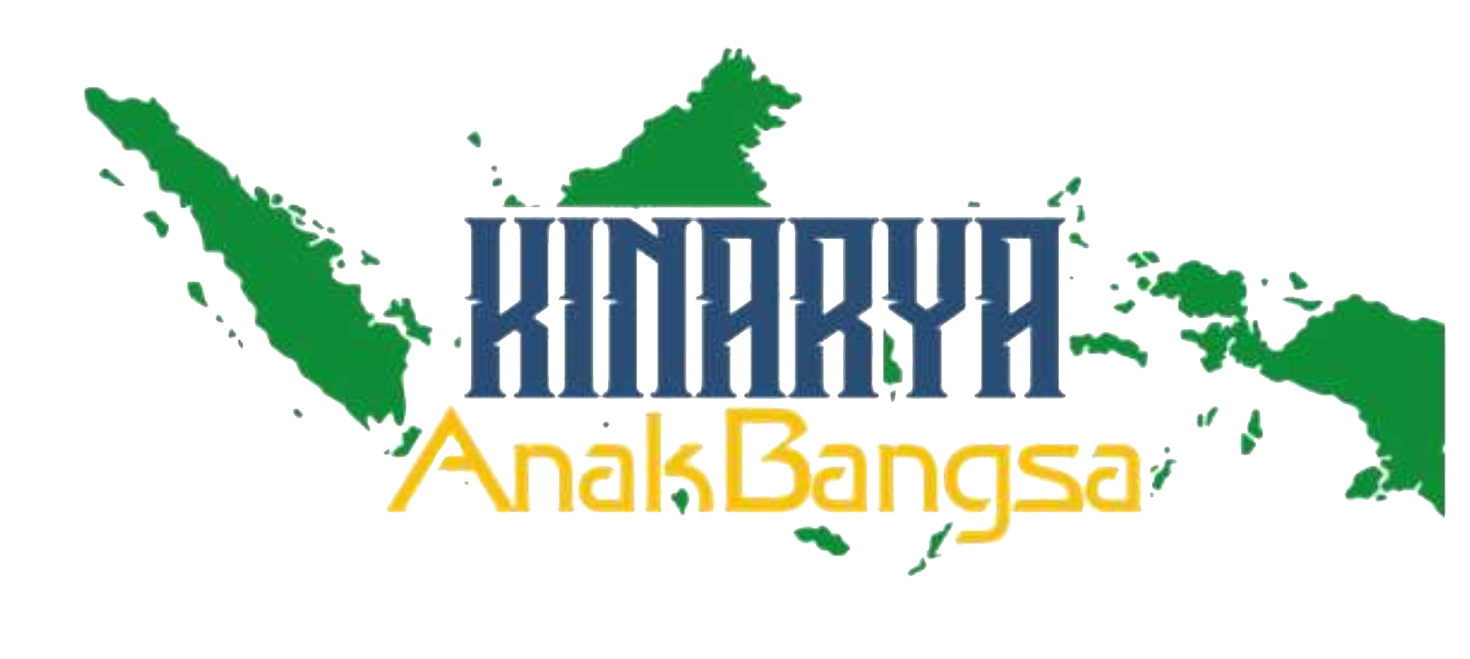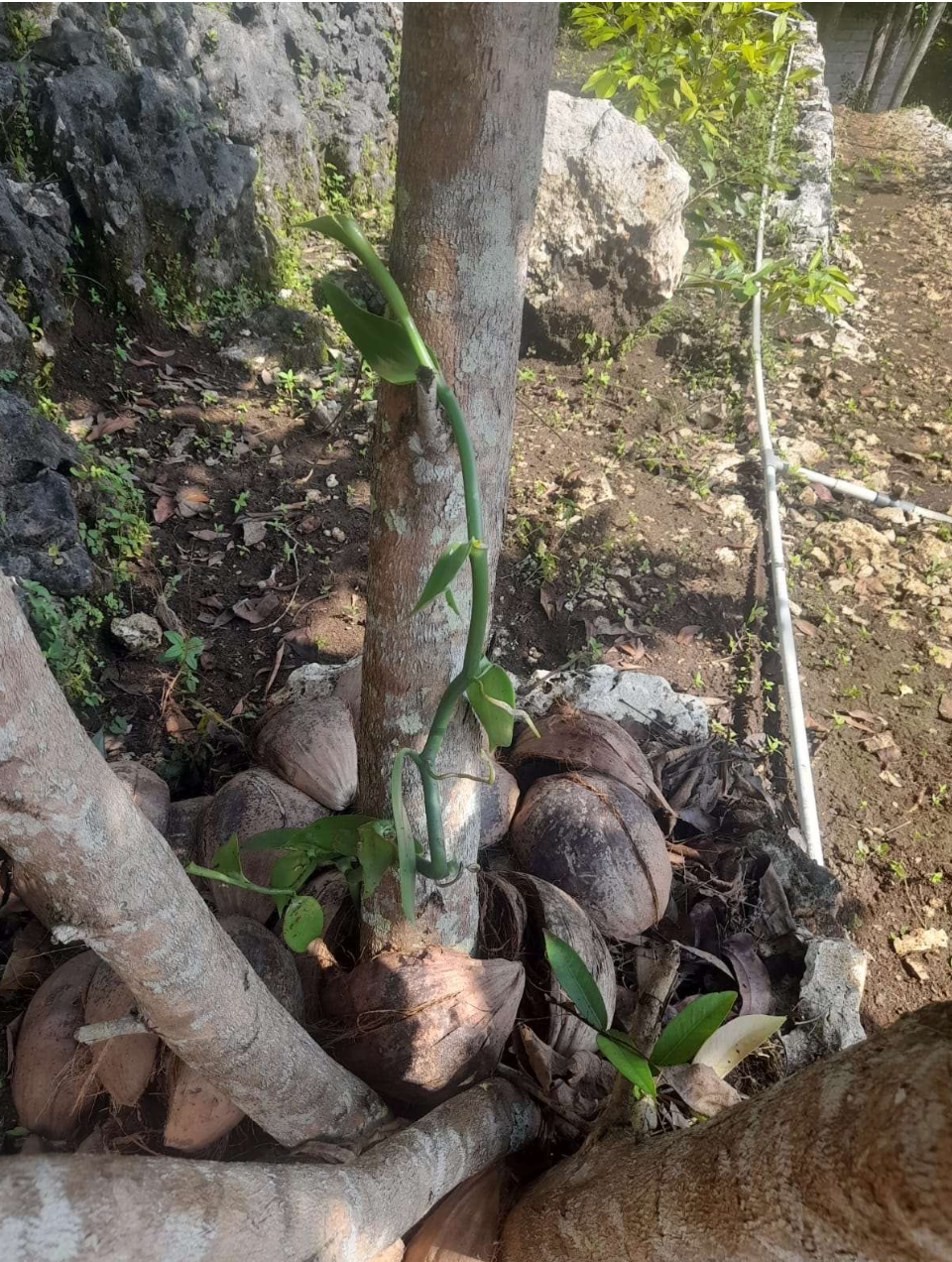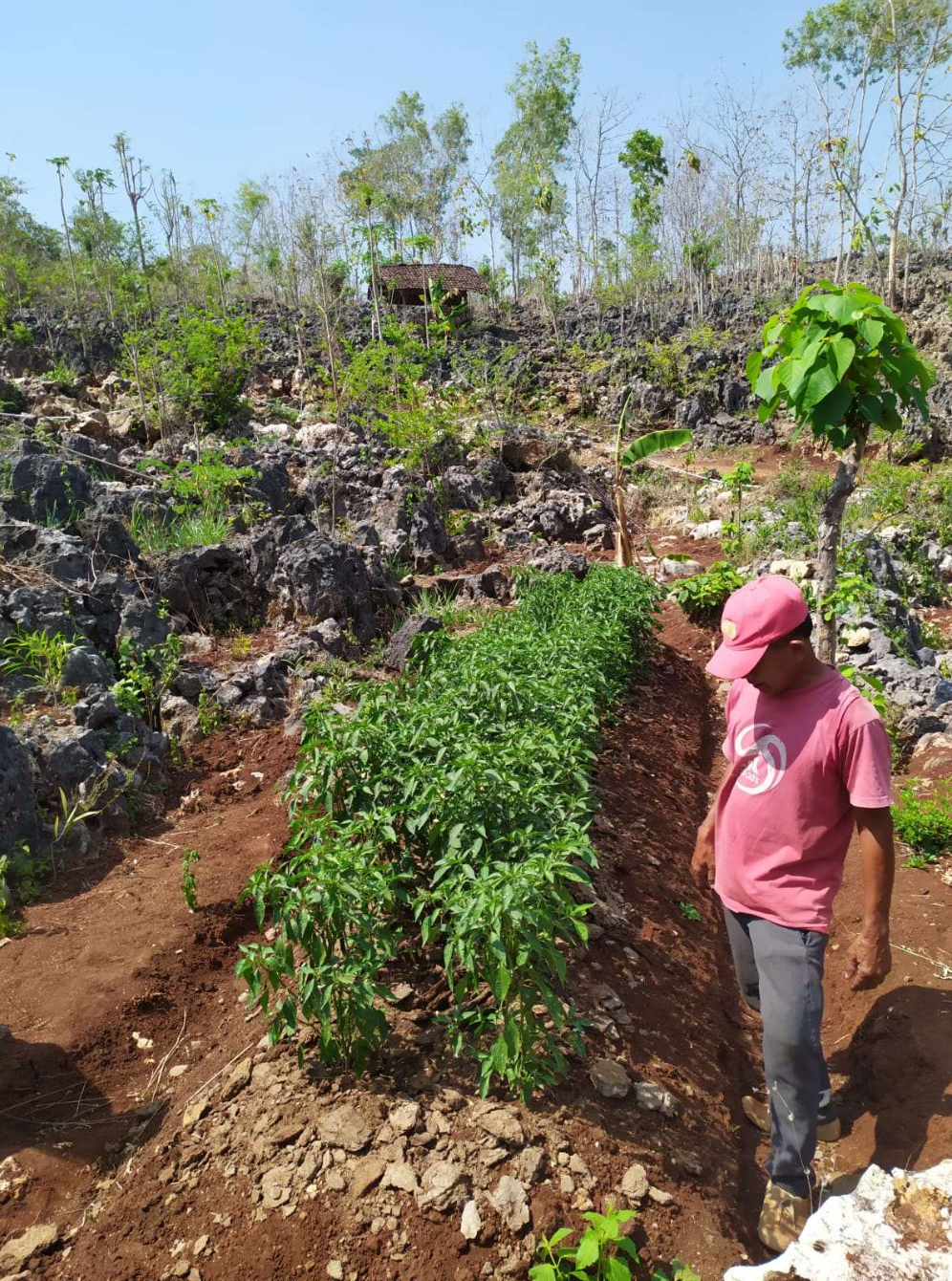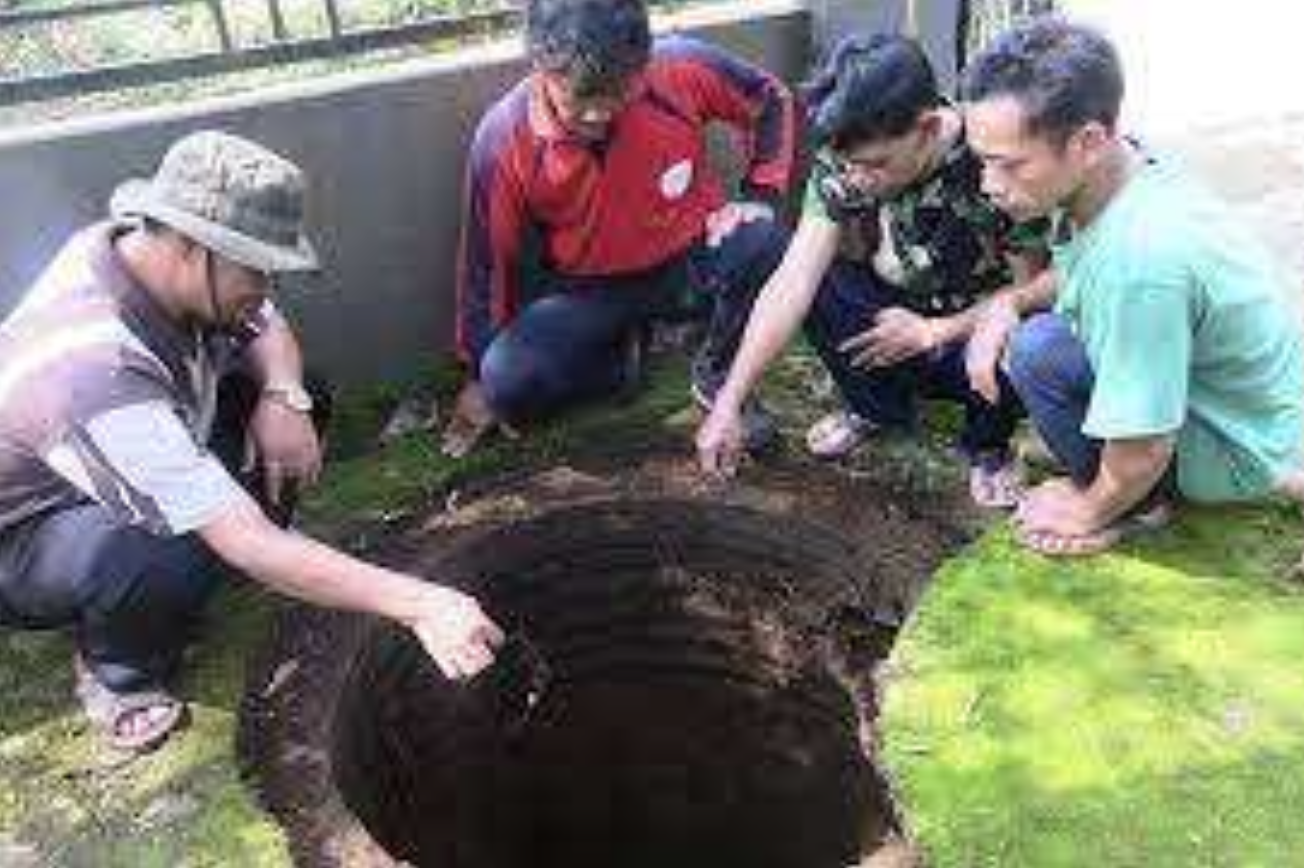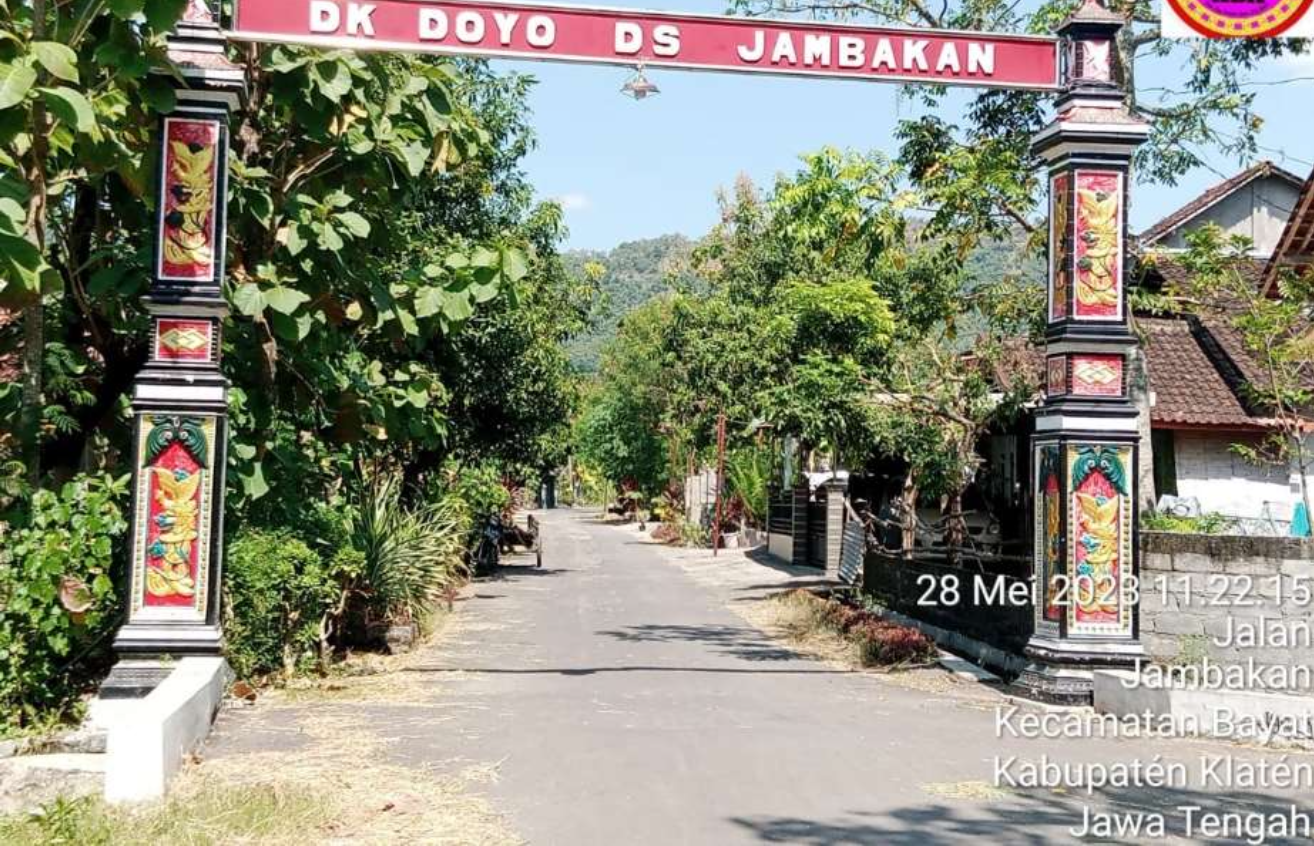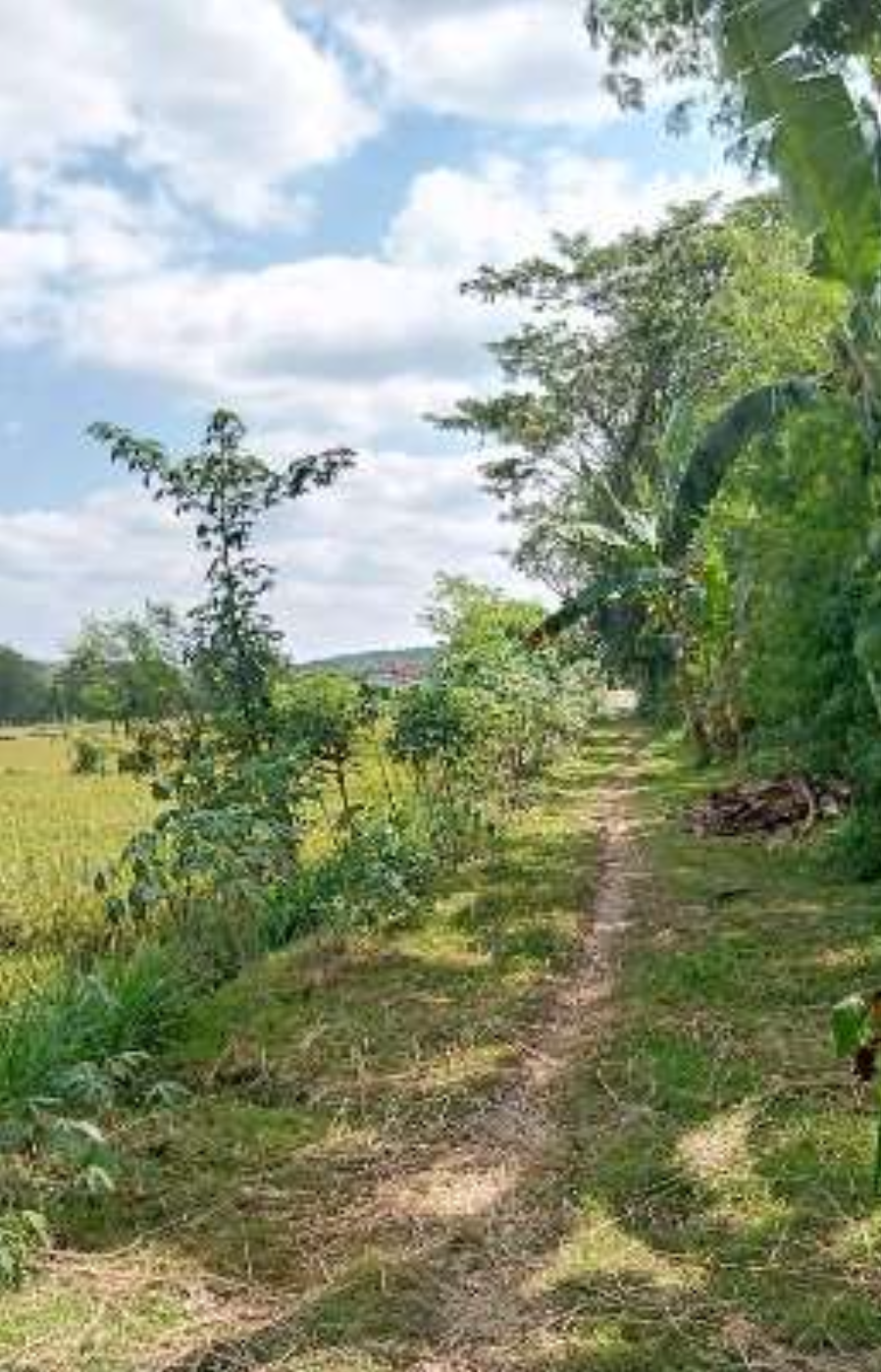Nandur Tuk Banyu
(Springs planting)
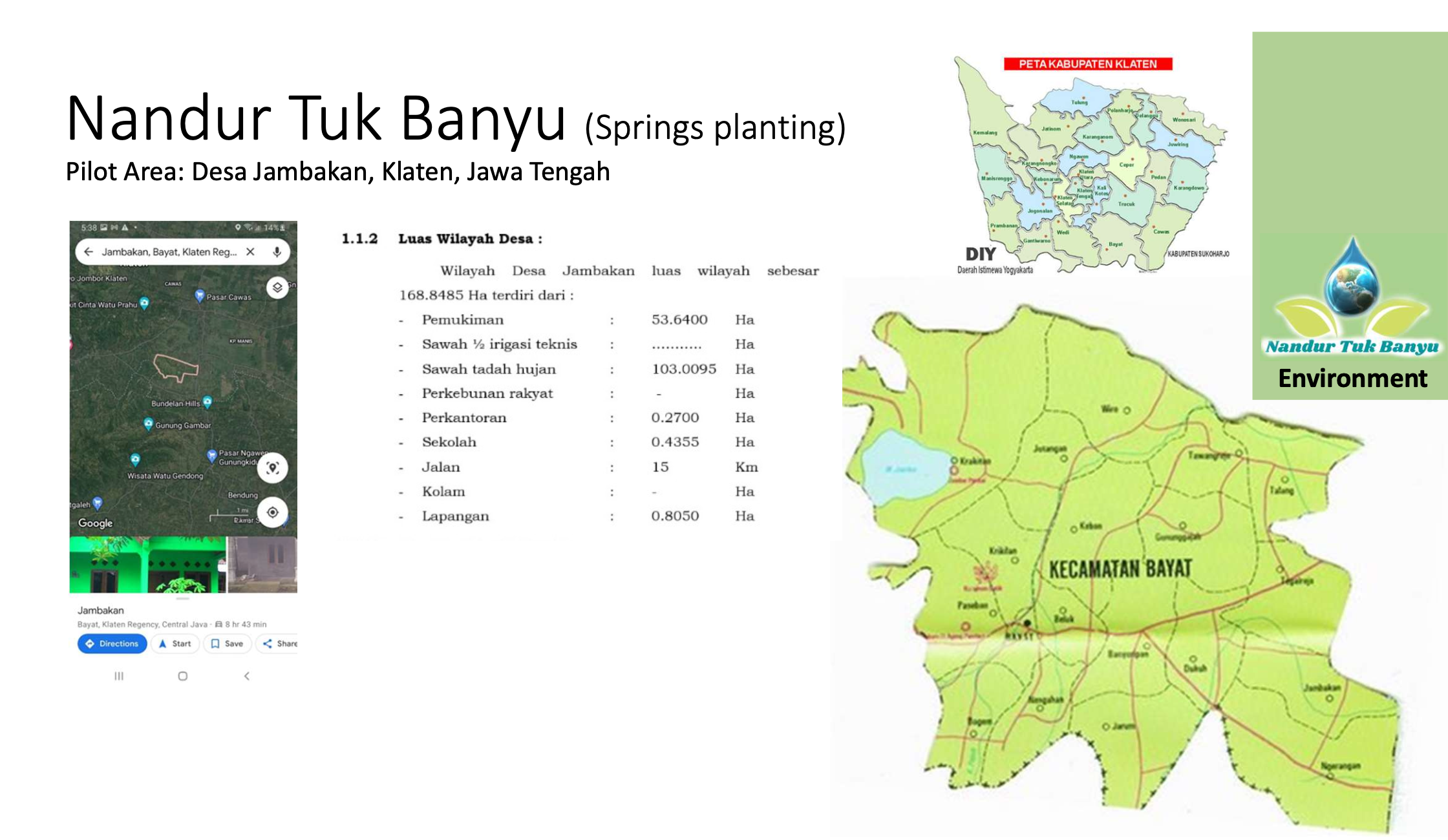
Event Description
Deskripsi Kegiatan
A program to rehabilitate the ecosystem through massive tree planting to improve humidity and increase the ground water to generate any water spring in the area.
We are hand in hand with academia and local experts to help the community surround in tree selection as well as its planting technic and post planting activities to ensure 80% survival rate.
We help support and empower the community to lead the process optimizing its local capacity to ensure its sustainability.
Further more, we implement this program using integrated approach by providing some aligned thematic programs to help support the community such as livelihood, health and family resilient program, to help improve community quality of living and welfare.
Sebuah program untuk merehabilitasi ekosistem melalui penanaman pohon secara besar-besaran untuk meningkatkan kelembapan dan meningkatkan air tanah untuk menghasilkan mata air di daerah tersebut.
Kami bekerja sama dengan akademisi dan pakar lokal untuk membantu masyarakat sekitar dalam pemilihan pohon serta teknik penanaman dan kegiatan pasca tanam untuk memastikan tingkat kelangsungan hidup 80%.
Kami membantu mendukung dan memberdayakan masyarakat untuk memimpin proses mengoptimalkan kapasitas lokal untuk memastikan keberlanjutannya.
Lebih jauh lagi, kami melaksanakan program ini dengan menggunakan pendekatan terpadu dengan menyediakan beberapa program tematik yang selaras untuk membantu mendukung masyarakat seperti program mata pencaharian, kesehatan dan ketahanan keluarga, untuk membantu meningkatkan kualitas hidup dan kesejahteraan masyarakat.
Details
- Pilot Area: Desa Jambakan, Klaten, Jawa Tengah
Program Target
- 4 community nurseries established
- 100 community members trained on nursery, planting and post planting activities
- 10,581 selected tree planted (Gayam, Beringin, Aren, Bamboo, Trembesi) including productive tree such as Pala, coffee, clove, moringa, dll
- 80% survival rate of tree planting
- 1-5 new water springs developed in 3-5 years
Answers on Questions
The Springs Planting program is an initiative aimed at rehabilitating ecosystems and generating new springs through massive tree planting. By improving humidity and increasing groundwater levels, we aim to create a sustainable water supply for communities. Through collaboration with academia, local experts, and relevant stakeholders, we provide support to communities in tree selection, planting techniques, and post-planting activities to ensure a high survival rate.
Springs planting is important as it helps restore and preserve ecosystems while addressing water scarcity issues. By planting trees, we enhance the water-holding capacity of the soil, promote groundwater recharge, and prevent soil erosion. This not only ensures a sustainable water supply but also supports biodiversity, mitigates climate change, and improves the overall health of ecosystems.
The Springs Planting program targets areas that experience water scarcity and rely on water trucking during droughts. We prioritize villages and communities that require additional water sources to support neighboring areas. By focusing on these areas, we aim to create a ripple effect, where sufficient water from springs can benefit multiple communities and contribute to overall water security.
The goals of the Springs Planting program include establishing community nurseries, training community members on nursery management and planting techniques, involving a significant number of community members in massive tree planting, and developing new water springs. We aim to achieve an 80% survival rate for the planted trees and create 1-5 new water springs within 3-5 years.
You can get involved in the Springs Planting program by volunteering your time and expertise. Join our tree planting activities, assist in nursery management, or contribute to post-planting activities. Additionally, you can support the program financially or spread awareness about the importance of ecosystem rehabilitation and water conservation in your community. Together, we can make a significant impact on water availability and ecosystem health.
The Springs Planting program offers numerous long-term benefits. By rehabilitating ecosystems and generating new springs, we ensure a sustainable water supply for communities, reducing their dependence on water trucking during droughts. This leads to improved agricultural productivity, enhanced biodiversity, and increased resilience to climate change. Additionally, the program creates opportunities for community empowerment, environmental education, and the preservation of natural resources for future generations.
